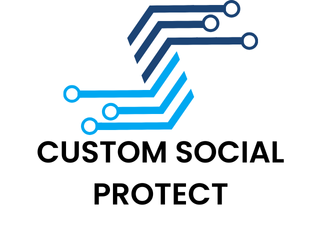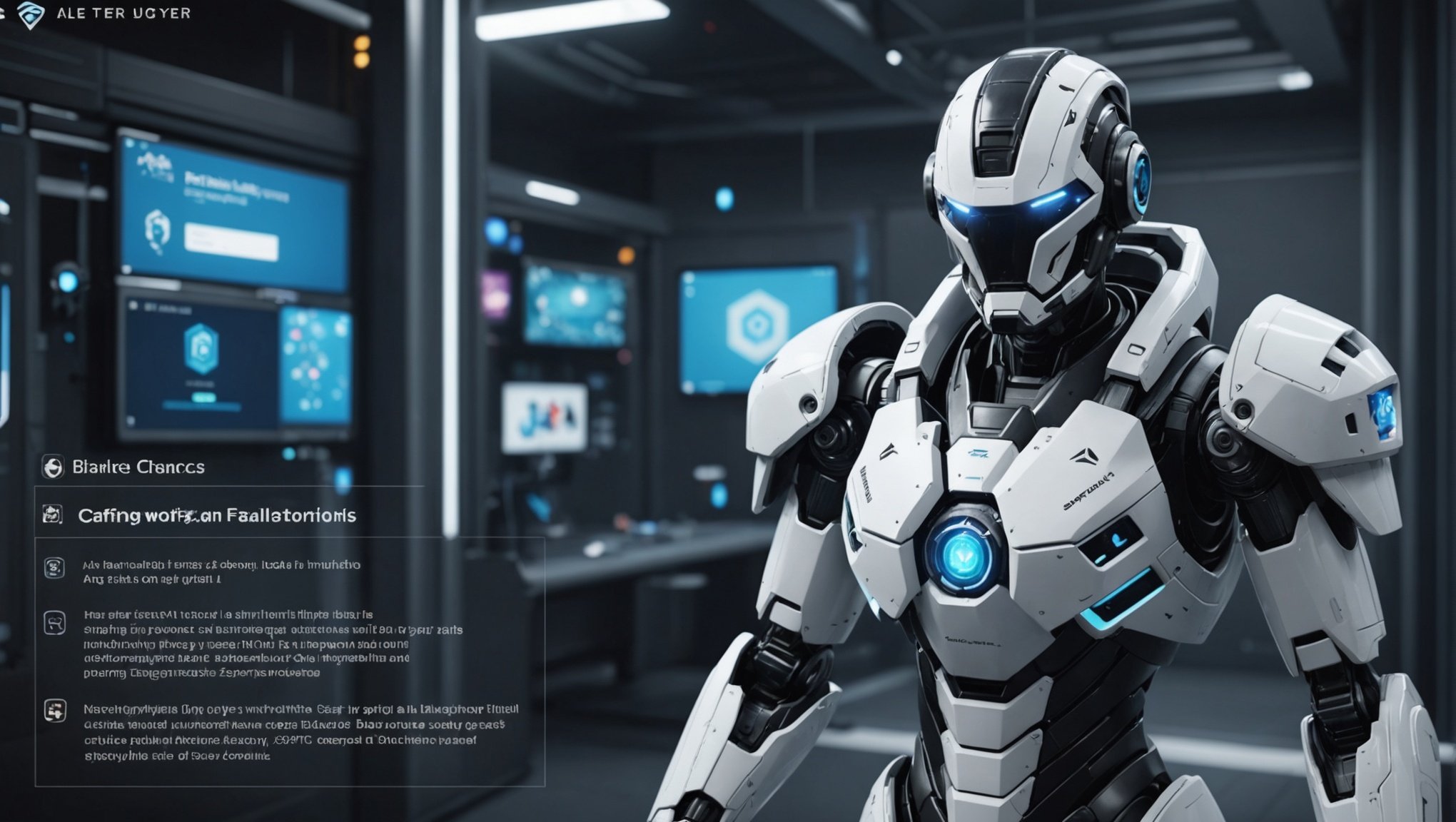Unlocking AI’s Potential: Crafting Personalized In-Game Tutorials for New Players
In the ever-evolving world of video games, one of the most significant challenges game developers face is ensuring that new players have a smooth and engaging onboarding experience. This is where artificial intelligence (AI) comes into play, particularly in crafting personalized in-game tutorials. Here, we’ll delve into the world of AI-driven game development and explore how developers can create tailored tutorials that enhance gaming experiences.
Understanding the Importance of Personalized Tutorials
Personalized tutorials are more than just a nice-to-have feature; they are essential for player retention and overall game satisfaction. When new players enter a game world, they often feel overwhelmed by the complexity of the game mechanics, controls, and objectives. A well-crafted tutorial can make all the difference, guiding players through the initial stages and setting them up for success.
This might interest you : Unlocking Fear: Leveraging Adaptive Audio Techniques to Deepen Player Immersion in Horror Games
“Players love the ability to customize and personalize the games they play,” notes an article from Inworld AI. This personalization extends to tutorials, where AI can dynamically tailor the experience to individual players’ preferences, skill levels, and learning styles[2].
Crafting Effective Prompts for AI-Driven Tutorials
To create personalized tutorials, game developers need to craft effective prompts that guide the AI in generating relevant and engaging content. Here are some key tips for prompt crafting:
Also to see : Enhancing Multiplayer Survival Games: Innovative Ways AI Boosts Player Engagement
Clarity and Purpose
Ensure that your prompts are clear and communicate the purpose and desired outcome of the tutorial. Whether it’s teaching basic controls, explaining game mechanics, or introducing key characters, the prompt should leave no room for ambiguity[1].
Understanding Your Audience
Tailor your prompts to the preferences, interests, and pain points of your target audience. The better you understand your players, the more effective your prompts will be in driving results. For example, if your game is aimed at a younger audience, the prompts should be more intuitive and visually engaging.
Action-Oriented Language
Use action-oriented language to prompt the AI to create content that encourages specific actions from the players. This could be as simple as “Click the button to jump” or “Explore the map to find hidden items”[1].
Context and Brand Identity
Provide the AI with enough context to understand the tone, style, and voice you want the tutorial to convey. Share details about your brand personality, target audience, and relevant industry or topic-specific information to ensure the generated content aligns with your brand identity[1].
How AI Agents Enhance Tutorial Personalization
AI agents play a crucial role in personalizing tutorials by adapting to individual player behaviors and preferences in real time.
Dynamic Content Generation
AI agents can generate new, unique tutorials on-the-fly that reflect the player’s progress and preferences. For instance, if a player is struggling with a particular level, the AI can create a customized tutorial that focuses on the specific skills needed to overcome that challenge[2].
Difficulty Adaptation
AI agents can analyze a player’s skill level, preferences, and gameplay history to suggest tutorials that best match their playing style. This ensures an engaging and appropriately challenging experience, reducing frustration and increasing player retention[2].
Interactive Elements
AI can add interactive elements to tutorials, such as asking questions, inviting opinions, or encouraging users to share their experiences. This fosters engagement and deepens the connection between the player and the game world[1].
Practical Steps to Implement AI-Driven Tutorials
Here’s a step-by-step guide on how to implement AI-driven tutorials in your game development process:
Step 1: Define Clear Objectives
Before deploying AI-driven tutorials, clearly outline the specific goals you want the tutorials to achieve. Whether it’s improving player engagement or optimizing the learning curve, having well-defined objectives will guide the AI’s training and actions[5].
Step 2: Train Your AI Agent
Select the “Training” option to begin training your AI agent. Input the specific tasks you want the agent to perform, such as creating step-by-step guides or interactive challenges. The intuitive interface allows you to customize the training parameters easily[5].
Step 3: Deploy Agents at Scale
Once trained, use the “Deployment” feature to instantiate your AI agents. You can deploy a few agents for live player support or scale up to thousands for extensive testing and tutorial generation. This flexibility allows you to adapt to your game’s needs dynamically[5].
Step 4: Utilize Data-Driven Insights
Access the “Insights” section to analyze agent interactions with your game. Here, you can review performance metrics and discover areas for improvement, such as player engagement or level completion speed. This data-driven approach allows for more informed design decisions and faster iteration cycles[5].
Tools and Platforms for AI-Driven Game Development
Several tools and platforms are available to help game developers create and integrate AI-driven tutorials seamlessly.
SnapLogic’s Agent Creator
SnapLogic’s Agent Creator is a no-code visual tool that empowers business users and application developers to create sophisticated AI-powered solutions. This platform enables the rapid development of AI-driven applications through a drag-and-drop interface, integrating various data sources and AI models[3].
Agentic AI
Agentic AI offers a comprehensive platform for game development, allowing developers to create AI agents that can playtest games, power dynamic NPCs, and provide personalized player assistance. The platform includes intuitive training and deployment features, as well as data-driven insights to refine strategies[5].
Example of AI-Driven Tutorials in Action
To illustrate the potential of AI-driven tutorials, let’s consider a hypothetical game example:
Game: “Epic Quest”
“Epic Quest” is a role-playing game where players embark on a journey through a vast, open world. The game features complex mechanics, including character customization, skill trees, and a dynamic combat system.
AI-Driven Tutorial
When a new player joins the game, the AI agent generates a personalized tutorial based on the player’s preferences and skill level. Here’s how it might work:
- Initial Onboarding: The AI agent creates a step-by-step guide that introduces the player to the basic controls and game mechanics.
- Interactive Challenges: As the player progresses, the AI generates interactive challenges that teach advanced skills, such as combat strategies and puzzle-solving.
- Real-Time Feedback: The AI provides real-time feedback and tips based on the player’s performance, adjusting the difficulty level and content of the tutorial accordingly.
Table: Comparing AI-Driven Tutorial Platforms
Here’s a comparative table highlighting some of the key features of different AI-driven tutorial platforms:
| Platform | Key Features | Ease of Use | Scalability | Customization |
|---|---|---|---|---|
| SnapLogic’s Agent Creator | No-code visual interface, integrates with various data sources and AI models, pre-built templates | High | High | High |
| Agentic AI | Intuitive training and deployment, data-driven insights, supports multiple game engines | High | High | High |
| Inworld AI | Dynamic content generation, difficulty adaptation, interactive elements | Medium | High | Medium |
Quotes and Insights from Industry Experts
- “AI agents can significantly enhance personalization by dynamically tailoring the gaming experience to individual players and giving them more agency over their gaming experience,” says Inworld AI[2].
- “By harnessing the capabilities of Amazon Bedrock, SnapLogic’s Agent Creator delivers a comprehensive, low-code solution that allows enterprises to capitalize on the transformative potential of generative AI,” notes SnapLogic[3].
- “Effective AI agent optimization involves a holistic approach that combines rigorous testing, continuous monitoring, and iterative refinement,” advises SmythOS[4].
Crafting personalized in-game tutorials using AI is a powerful way to enhance gaming experiences and improve player retention. By understanding the importance of clear prompts, leveraging AI agents for dynamic content generation, and utilizing the right tools and platforms, game developers can create engaging and effective tutorials that cater to the unique needs of each player.
As the gaming industry continues to evolve, the role of AI in game development will only become more pivotal. By embracing AI-driven tutorials, developers can unlock new levels of personalization, engagement, and satisfaction, ultimately creating a more immersive and enjoyable game world for all players.











